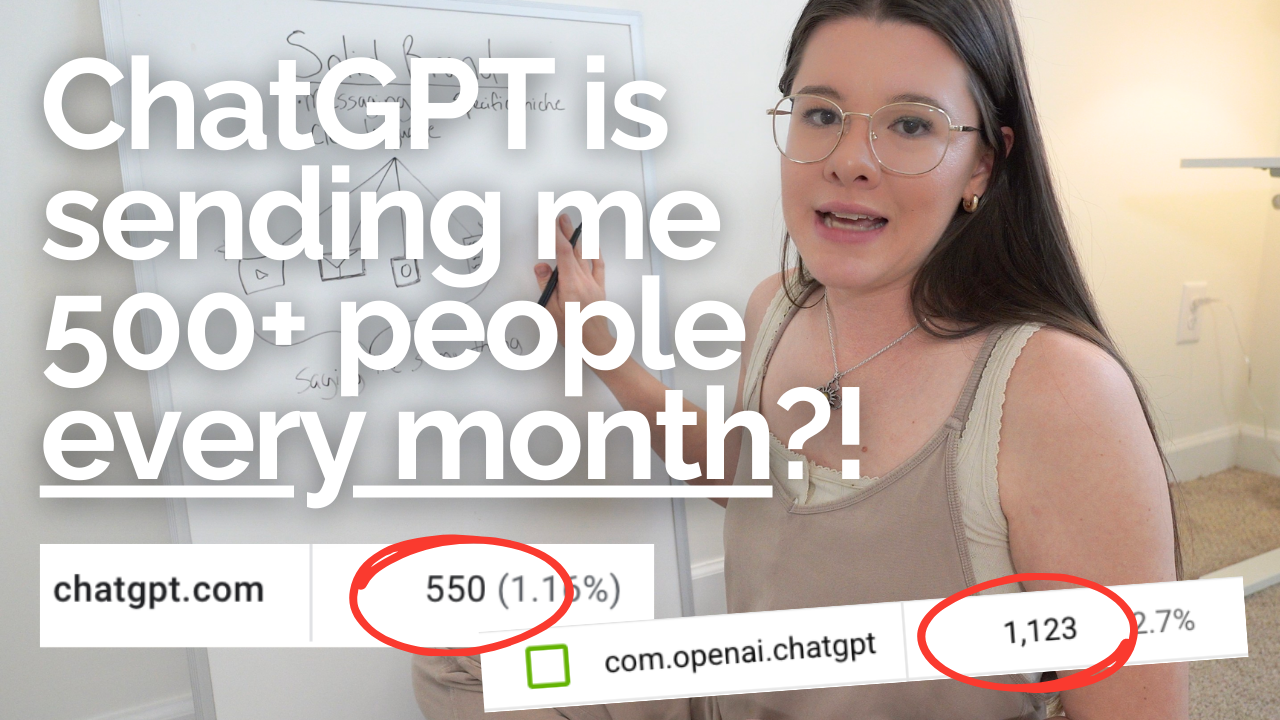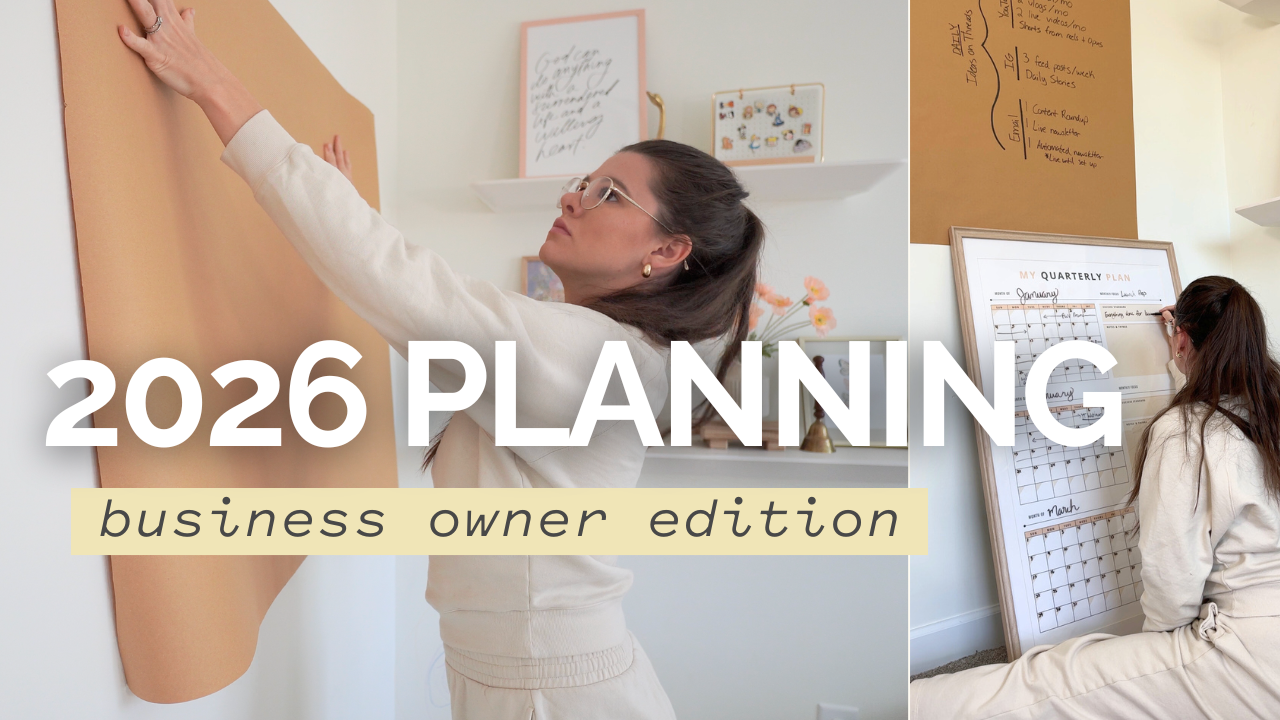In this video, I’ll share the 5 steps to create an online course. After creating three online courses in just ONE year, I have created a polished process that can work for you, too. I’d love to know what you think!
Step 1: Create the Outline
The first of your steps to create an online course is to create the outline. As soon as I know I will create a course, I begin outlining it in a Google Doc. I flesh out what I want to talk about and write down anything that might need to be included. Over two or three months, I list all of the modules, lessons, and bullet points of what the lessons will include. This is where I track all of my thoughts for the course.
At the same time, I publish an audience survey. The survey revolves around the same topic as the course. In the survey, I am looking to fill gaps in what the course might miss. I ask about my audience’s pain points and what they want to learn.
The audience survey helps me to create a well-rounded course. Also, it helps me as I write sales copy for emails, Instagram content, and the sales page. With the information gained from the audience survey, I can write marketing for my course to ensure students it delivers on what they need.
Step 2: Create the Slides
For me, creating slides for my course lessons is a continuation of outlining the course. Because of this, creating slides can take me a few months to complete. I include lots of visuals and examples in my slides. As I create slides, I keep in mind that my face will be shown in the corner of each slide. I believe that showing your face elevates your course.
To create my slides, I use Canva! There is a free version available. Canva is an online program that syncs across devices, so you can collaborate on projects as a team. Click here to try it!
Step 3: Film the Lessons
My course lessons run anywhere from fifteen to forty minutes long. Filming course lessons takes a lot more energy & brain power than filming for YouTube. I spend anywhere from three to eight days filming a course, depending on the length of it.
When filming course videos, I am intentional about my energy levels. It’s important that my students to have a great experience in the course, so rather than pushing through filming despite exhaustion, I stop when needed and pick up later. I spread my filming days out rather than filming back to back.
My recommendation is to use Camtasia or Loom to film your online course. Both programs allow you to record your face as you record your slides. Camtasia is more advanced and costly, while Loom is simple and free to use.
Once I finish the course videos, I pass them off to a team member who reviews them and uploads them into Kajabi. Kajabi is our course hosting platform. We love the student portal, the payment options, the easy way to create checkout links and so many other capabilities it has. Click here to get a 30-day free trial!
Step 4: Create the Resources
My courses normally include workbooks, downloads, and templates. I collaborate with my team to create these things. Sometimes I have a specific vision for what these look like, and other times I pass these off to a team member. At this time, we finalize the course content and upload it to the finished product.
Step 5: Beta Test
Beta testing is the last of your 5 steps to create an online course. Once the course is finished, I run a beta tester program. After hearing feedback, I consider if my lessons need to be updated or if new lessons are necessary. To find beta testers, I share the invitation with my close friends and private channels (our most engaged audience). The program is free but comes with strict expectations to maintain access to the course.
We pick five to ten beta testers. Ideally, these people are in different stages of their business and have different levels of experience. They are asked to complete seventy – eighty percent of the course within a two to four-week period. Beta testers are expected to fill out a thorough feedback form to keep access to the course.
Not only does beta testing help make sure the content of your course is complete, but also, it’s also an important tool in your marketing plan. The reviews and testimonials from people who have seen the course are gold during your launch.
Launch the Course
Once beta testing is complete, we move into our pre-launch period. We prime our audience and then have a five-day launch period. The launch begins with a live event like a webinar or challenge.
To learn more about what an email marketing strategy looks like, watch my free email class all about how to have a powerful plan for your email marketing to make income in your business! Much of that includes your live launches, the length of them, and the cadence of your emails. Click here to watch the class!
See you next week at 8 AM!



